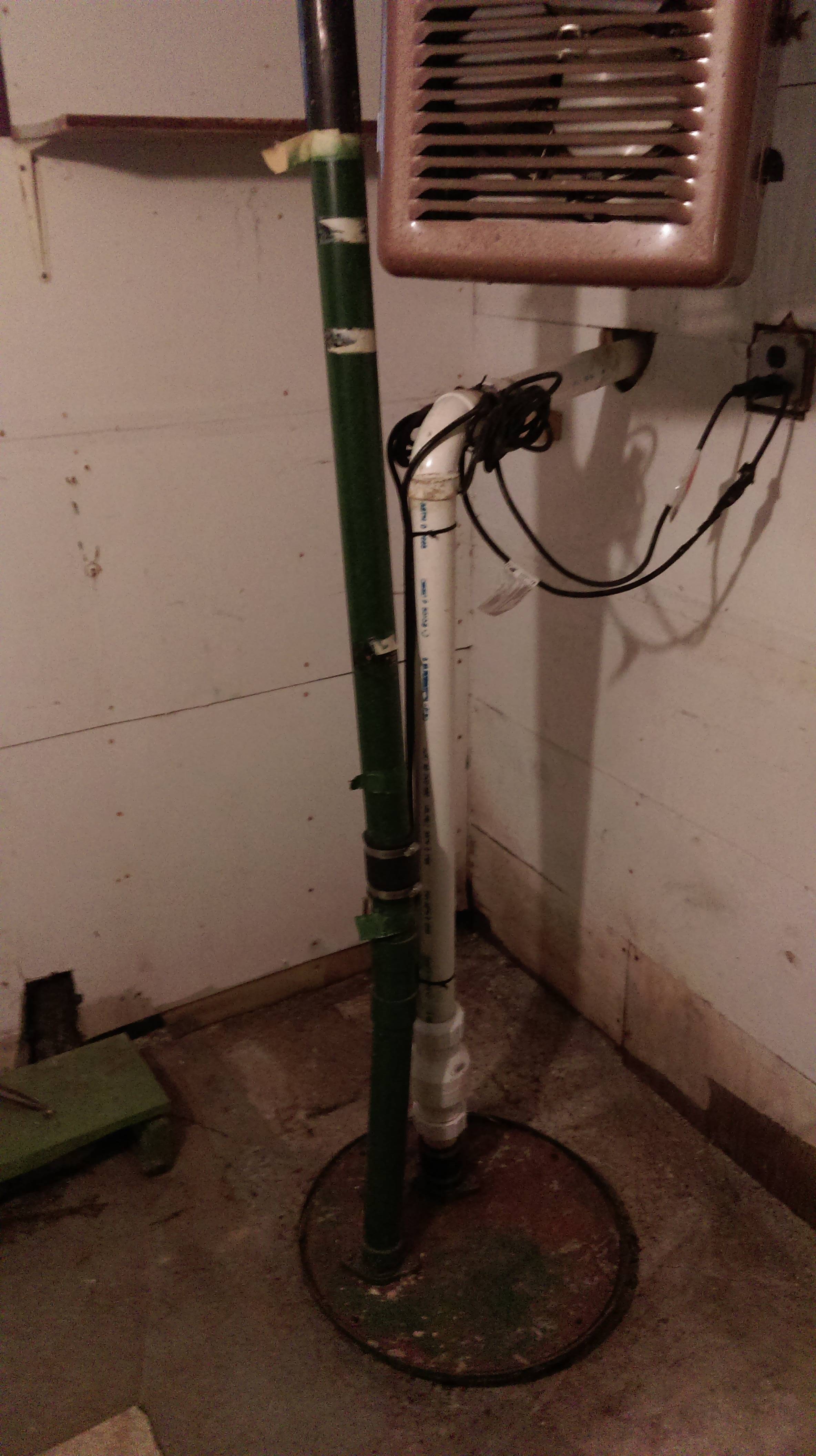I am moving a toilet. The current configuration has a toilet with a downpipe that leads to a sump pump, which then evacuates to septic system. The existing toilet downpipe runs through the foundation. The vent, coming out of the sump pump chamber is, and is the same diameter as the toilet downpipe.
My question is, can I run the new downpipe from the toilet into the vent, rather than run it into the existing downpipe in the foundation (concrete would need to be removed)?
Is this code (Pennsylvania), and would it work? It is my understanding that the vent just leads to the chamber that the pump sits in, just like the downpipe. Am I right about this?
My question is, can I run the new downpipe from the toilet into the vent, rather than run it into the existing downpipe in the foundation (concrete would need to be removed)?
Is this code (Pennsylvania), and would it work? It is my understanding that the vent just leads to the chamber that the pump sits in, just like the downpipe. Am I right about this?













































![MEISTERFAKTUR drain snake 2.0 [50 FT] - with drill attachment - Ideal plumbing snake for sink and drain unblocking - Solid drain auger for real DYIs! (50 FT - 1/4 inch)](https://m.media-amazon.com/images/I/41VwmTiOsgL._SL500_.jpg)













